CB2, the “Child Robot with Biomimetic Body,” is a pioneering humanoid robot designed to simulate the developmental stages of a human toddler. With its soft silicone skin and advanced tactile sensors, CB2 exhibits lifelike physical responses to touch and movement. The robot’s pneumatic artificial muscles replicate natural motion, while its neural network AI enables it to learn and evolve through interaction, just like a child. CB2’s purpose is to advance research in robotics, cognitive science, and human-robot interaction by exploring how humans and robots can coexist and communicate effectively.
CB2 was developed by a team of researchers at Osaka University, led by Professor Minoru Asada from the Graduate School of Engineering. The project aimed to bridge robotics and neuroscience by creating a humanoid robot capable of mimicking human development and behavior.
- Manufacturer/Brand: Osaka University, Japan
- Year of Development: 2007
- Industry: Humanoid Robotics and Artificial Intelligence
- Dimensions:
- Height: 1.3 m (4.2 feet)
- Weight: 33 kg (72.6 lbs)
- Material:
- Soft, silicone skin designed to mimic human-like tactile sensations
- Lightweight plastic skeleton with internal actuators
- Sensors:
- 200 tactile sensors embedded under the skin for touch feedback
- Vision sensors (cameras for facial recognition and environment mapping)
- Microphones for sound localization and interaction
- Actuation System:
- Pneumatic artificial muscles for smooth, life-like motion
- Processing Unit:
- AI system powered by neural network technology for learning and adapting behavior
- Connectivity:
- Wired data transmission and external power supply
Features
- Biomimetic Design: Mimics the appearance and behavior of a toddler, including human-like movements and facial expressions.
- Tactile Interaction: Responsive to physical touch using advanced tactile sensors.
- Learning Capabilities: Powered by an AI neural network for cognitive development, enabling it to learn from human interaction and environmental stimuli.
- Facial Recognition: Recognizes faces and can react to emotions, promoting human-like communication.
- Natural Movements: Pneumatic muscles allow fluid, organic motion.
- Voice Interaction: Responds to auditory cues and engages in basic verbal interactions.


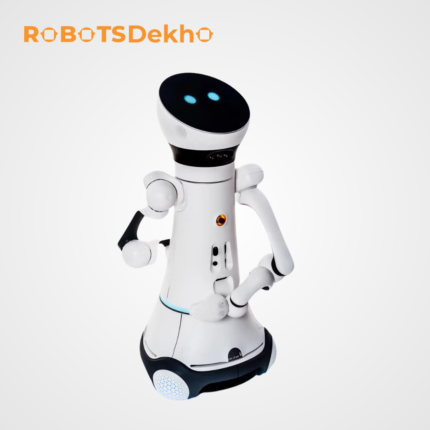
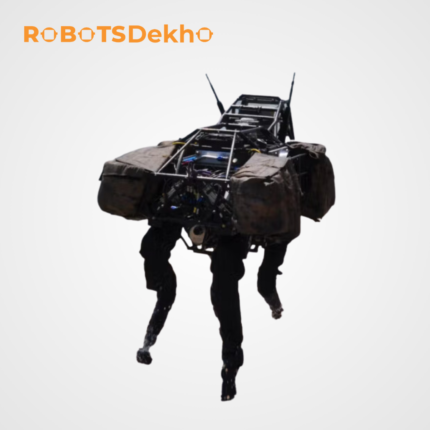



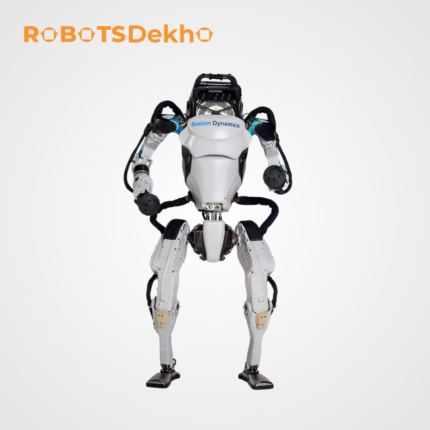
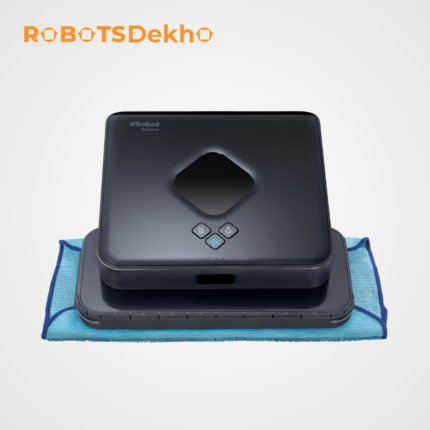

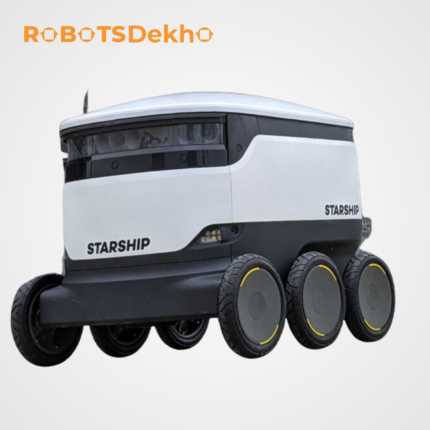
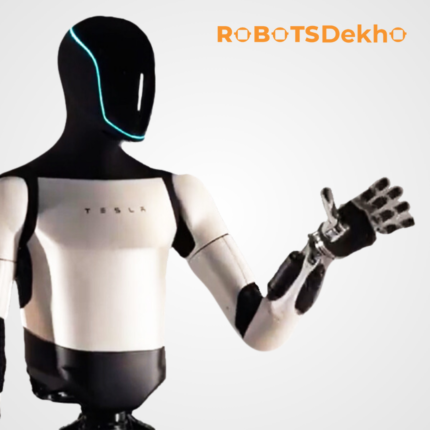
Reviews
There are no reviews yet.